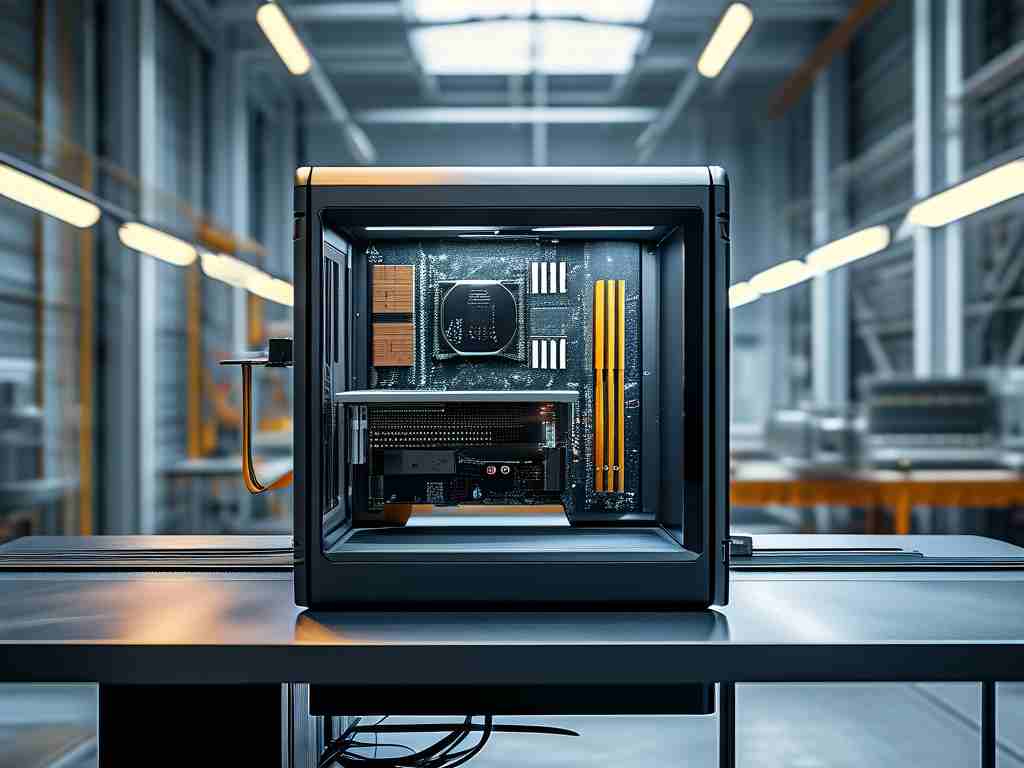The global trade landscape is undergoing a transformative shift, fueled by advancements in embedded systems development. As businesses strive to streamline operations, enhance efficiency, and deliver smarter solutions, embedded technology has emerged as a cornerstone of innovation. This article explores how embedded systems are reshaping international trade, offering actionable insights for enterprises aiming to stay competitive in a rapidly evolving market.
The Role of Embedded Systems in Modern Trade
Embedded systems, specialized computing platforms designed for specific tasks, are now integral to numerous industries. In international trade, these systems power everything from logistics automation to real-time data processing. For instance, smart sensors embedded in shipping containers enable real-time tracking of goods, reducing delays and improving supply chain transparency. Similarly, embedded payment gateways facilitate seamless cross-border transactions, minimizing friction in global commerce.
One notable application is in customs automation. Embedded software in port management systems can automatically verify cargo details, calculate tariffs, and generate documentation. This not only accelerates clearance processes but also reduces human error—a critical advantage for businesses navigating complex regulatory environments.
Bridging Technical Expertise and Market Demands
The intersection of embedded development and international trade requires a unique blend of technical proficiency and market awareness. Developers must design systems that comply with diverse international standards, such as ISO certifications or regional safety protocols. For example, an embedded device used in agricultural exports to the EU must adhere to both hardware durability standards and data privacy regulations like GDPR.

Moreover, scalability is paramount. A solution tailored for a small exporter may need to adapt as the business expands into new markets. Modular embedded architectures, which allow incremental upgrades, are gaining traction. Consider a temperature-controlled logistics system: initial deployments might focus on basic monitoring, but future iterations could integrate AI-driven predictive analytics to optimize routes and energy use.
Challenges and Solutions in Cross-Border Implementation
Despite their potential, deploying embedded systems in global trade poses challenges. Connectivity disparities across regions can hinder IoT-dependent solutions. In areas with unreliable internet, edge computing—a paradigm where data is processed locally on embedded devices—offers a workaround. For instance, a smart warehouse in a remote location might use embedded controllers to manage inventory autonomously, syncing data with central servers only when connectivity is available.
Another hurdle is cybersecurity. Embedded systems in trade infrastructure are attractive targets for malicious actors. Robust encryption protocols and hardware-based security modules (HSMs) are now standard in high-stakes applications. A case in point is blockchain-integrated embedded systems for supply chain verification, which combine tamper-proof hardware with decentralized ledgers to ensure data integrity.
Case Study: Embedded Tech in Automotive Exports
The automotive sector illustrates the synergy between embedded development and international trade. Modern vehicles rely on dozens of embedded systems, from engine control units (ECUs) to infotainment systems. For exporters, these technologies translate into competitive advantages.

Take electric vehicle (EV) manufacturers: embedded battery management systems (BMS) optimize performance across varying climates, a crucial factor when exporting to markets with extreme temperatures. Additionally, over-the-air (OTA) update capabilities—enabled by embedded telematics—allow manufacturers to remotely address software issues, reducing recall costs and enhancing customer satisfaction globally.
Future Trends: AI and Sustainability
Looking ahead, embedded systems will increasingly leverage AI to drive smarter trade solutions. Machine learning algorithms embedded in logistics platforms can predict demand fluctuations, enabling proactive inventory management. Meanwhile, energy-efficient embedded designs support sustainability goals—a growing priority for regulators and consumers alike.
Renewable energy systems exemplify this trend. Solar-powered embedded sensors in shipping fleets monitor both cargo conditions and carbon emissions, helping companies meet international environmental standards. Such innovations not only reduce operational costs but also align with global initiatives like the Paris Agreement.
Embedded systems development is no longer a niche technical field but a strategic enabler of global trade success. By addressing challenges in scalability, security, and compliance, businesses can harness these technologies to build resilient, future-ready operations. As markets continue to interconnect, the fusion of embedded innovation and international commerce will undoubtedly unlock new frontiers for growth.









